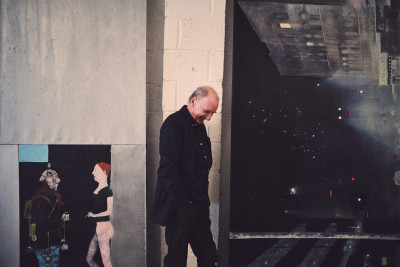Video: exploring Stanley Anderson’s London
Video: exploring Stanley Anderson’s London
By Amy Macpherson
Published 8 April 2015
Stanley Anderson’s etchings of London in the 1920s show a city in the throes of dramatic change.
-
Part one of a two-part series exploring the prints of Stanley Anderson, as seen in the Royal Academy exhibition, An Abiding Standard: The Prints of Stanley Anderson RA.
Although best known for his prints recording the vanishing traditional crafts of the English countryside, Stanley Anderson RA (1884 - 1966) first made a name for himself as an artist in London.
Born in Bristol, the son of a silver engraver, Anderson looked set to follow in his footsteps after his father arranged for him to undertake a heraldic engraving apprenticeship. This gave him a solid grounding in the technical skills needed to etch on metal, but it wasn’t enough - he yearned to be an artist. In 1909, an engraving scholarship from the British Institution meant Anderson could move to London to pursue his dream.
-
Stanley Anderson's London scenes
In this video, curator Harry Heuser shows how Anderson’s London scenes, with their wry social commentary, were always about more than just the buildings he depicted.
-
He studied at the Royal College of Art and Goldsmiths, where he eventually became the engraving tutor himself in 1925. In 1934, he became an associate of the Royal Academy, and was made a full member in 1941. He regarded the Academy as “a very good shop window”, and his prints were extremely popular with visitors to the Summer Exhibition.
Anderson’s etchings of London, as seen in our exhibition, show a city in the midst of turbulent times. He captured the changing face of the capital as old buildings were torn down and new developments sprang up in their place. This had an inevitable effect on the city’s inhabitants, in ways that echo the demographic impact of London’s inflated real estate bubble today.
Increasingly, Anderson’s focus turned to the people hit hardest by this changing urban landscape, and by the difficult economic times of the interwar years.
-
People on the margins
In this video, curator Robert Meyrick discusses Anderson’s depictions of the Londoners hit hard by tough economic times in the city.
-
An Abiding Standard: The Prints of Stanley Anderson RA is in the Tennant Gallery until 24 May 2015.



